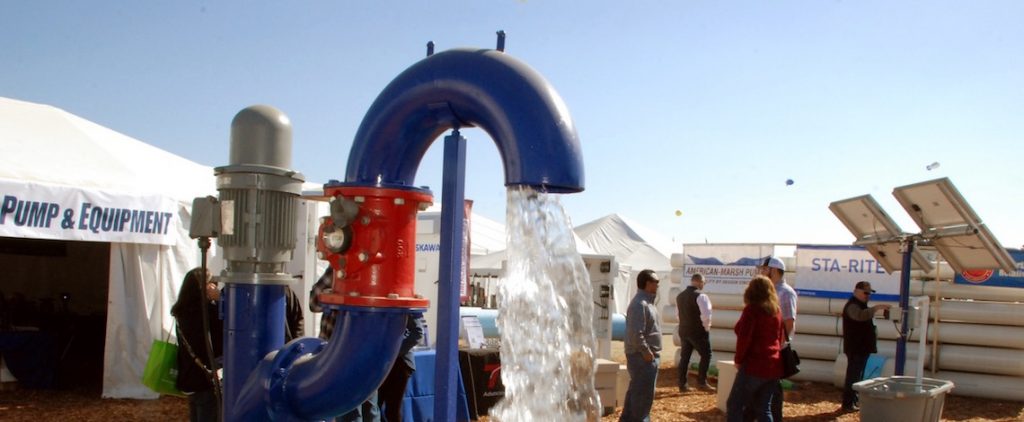
File photo
Written by Breanna Hardy
The worsening drought is cause for concern for all. But for agricultural loan lenders, it’s all about risk management.
Keith Hesterberg, CEO of Fresno Madera Farm Credit, said that although the experience in dealing with drought hasn’t changed, the surrounding issues have grown more complicated.
“Water scarcity, not new in the Valley. But I think the complexity of the water challenges certainly have increased,” Hesterberg said.
Lenders need to understand the water basin that growers are operating in and the underlying diversity of their operations. Water operations can change year to year depending on the challenges for the given season.
“What we tend to do is make sure we understand those water plans and have confidence that those plans reflect the reality of the current environment,” Hesterberg said.
Lenders are more willing to bet on growers who have a clear picture and understanding of water uncertainty in their operations. Hesterberg said Farm Credit works more easily with people who are flexible and adaptable as water, labor and regulatory operations change. In turn it helps the Farm Credit be more reliable too, he said.
Though drought isn’t new, the combination of water restrictions and drought conditions is.
“There’s certainly some new calculus that’s all part of this risk management and what needs to be evident to us when we’re making loans to farmers and ranchers. It is challenging, there’s no question about that,” Hesterberg said.
Dealing with droughts like this in California is not a new phenomenon, said Roland Fumasi, North American regional manager for RaboResearch Food & Agribusiness at Rabobank.
Lenders who have been in the agriculture game for a while are well prepared for handling these types of risks, he said. But the territory has changed.
“In some years it could be the exact opposite of drought. It could be excessive rain at the wrong time where you actually get some crops flooded out,” Fumasi said.
California, unlike some other areas of the country, relies heavily on irrigation.
“The bottom line is agriculture is risky every year, period, whether there’s a drought or otherwise,” he said.
But Rabobank specifically ties itself to agriculture lending, and it doesn’t have the option of stepping away from the industry when it gets difficult or too risky.
“We manage the risk by always working very closely with the clients to ensure full transparency of information, to understanding where the circumstances do change, whether it’s weather or otherwise, and then making sure that reasonable expectations are set for both parties,” Fumasi said.
It comes down to making sure that growers aren’t overestimating crop yields.
In the Central Valley, he said revenue and investment return is in the trees and vines, which are permanent crops.
“The trend in lending is more and more permanent crops are being planted in order to maximize that revenue,” Fumasi said.
Inflation is at a 30-year high, but interest rates for loans still remain low. Hesterberg said that because inflation is so high, it might put pressure on the Federal Reserve System to soften rates.
“I think it’s reasonable to speculate that rates will come up at some point, but it’s really difficult to pinpoint exactly when that’s going to happen,” Hesterberg said.
Small adjustments in rates haven’t typically impacted how much people borrow, even when they came up pre-Covid. But if there’s a sustained increase in interest rates, people might carry more debt as they look to lock in their rates. But significant raises in interest rates don’t seem to be on the horizon for now, he said.
“They’ve always been stewards of limited resources, and you know I think that gets harder over time. And this is certainly one of those times,” he said.







